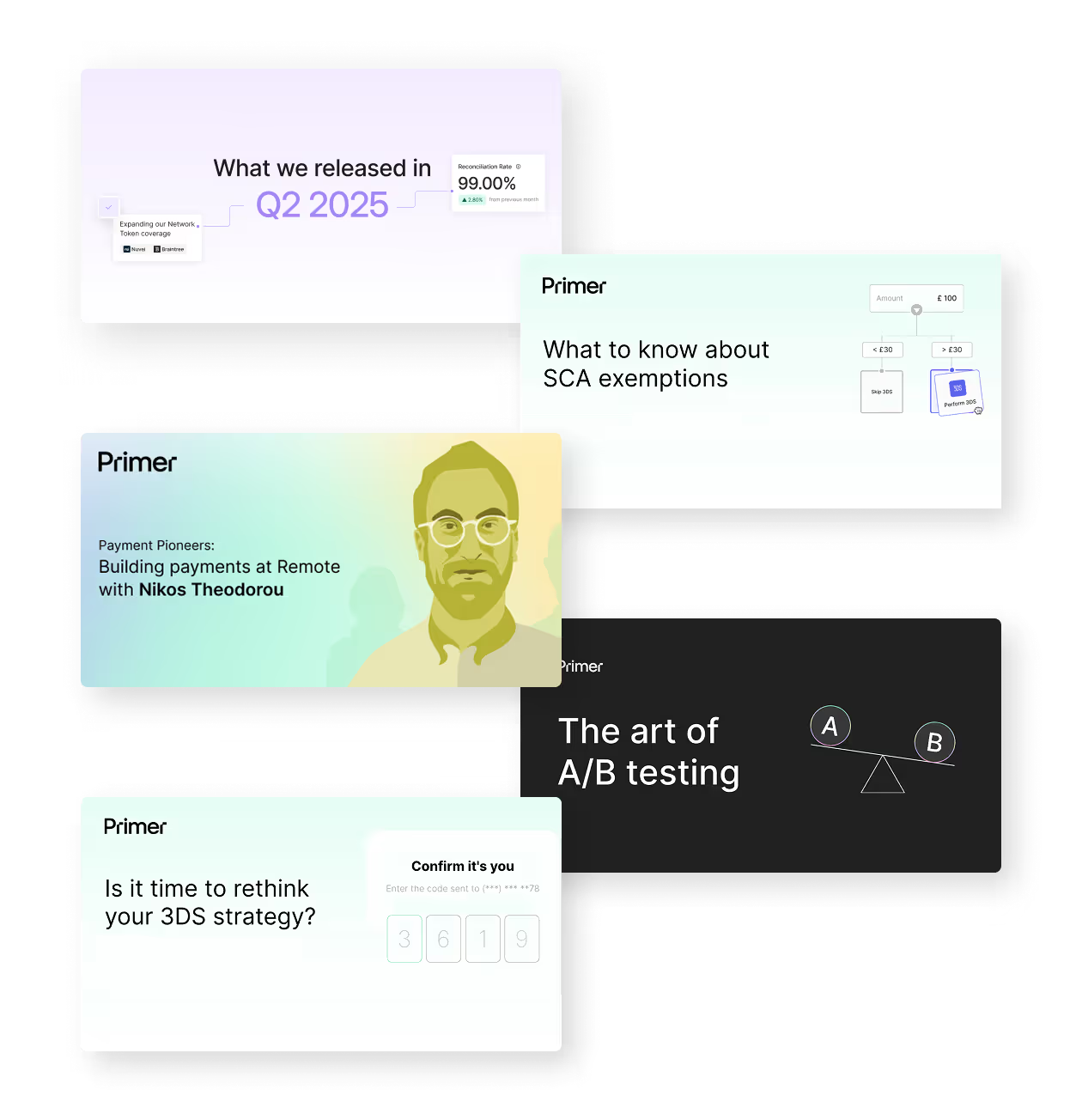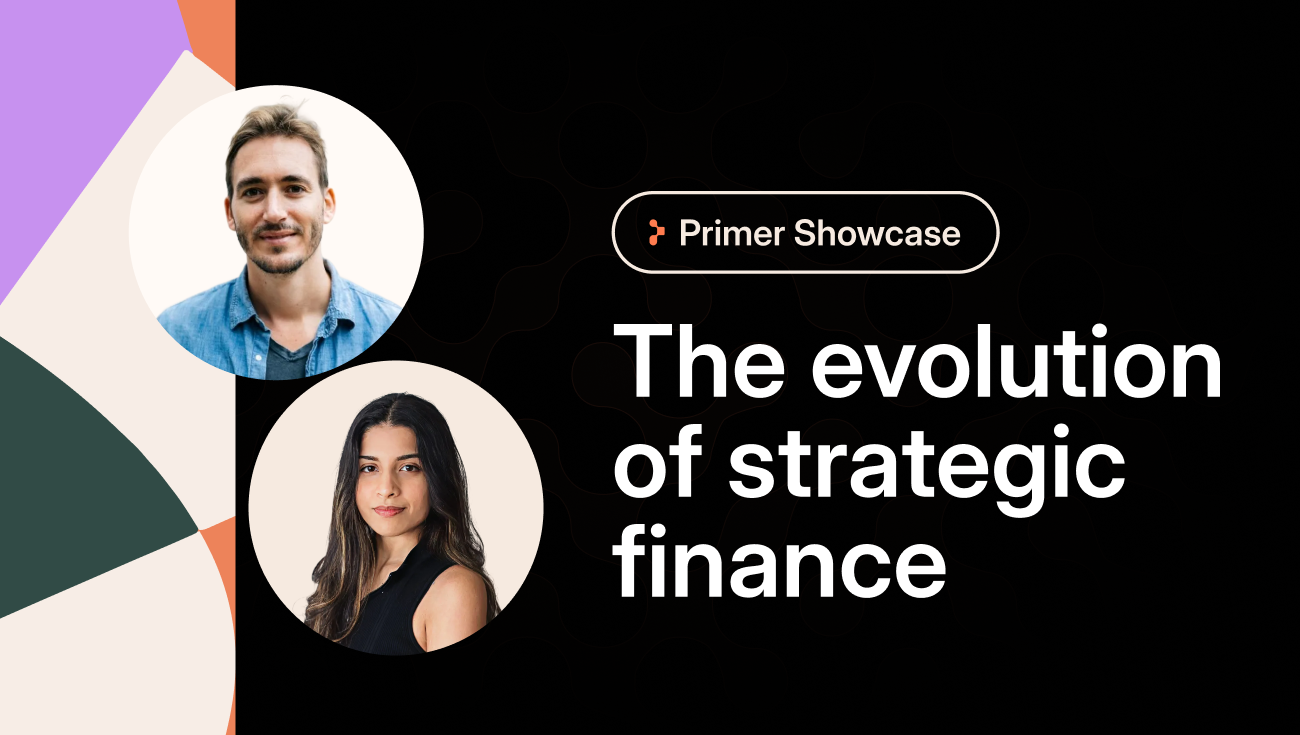Payment authorization isn't just a technical detail; it's a critical factor that can make or break your business's success.
But what's the ideal authorization rate? And how should retailers think about authorization rate optimization?
It was fascinating to hear Lucas Quinio, Head of Payments at Conforama, view on this topic during our webinar looking at the payment trends shaping the retail sector.
Lucas argues that there is no one-size-fits-all answer to this question. Instead, he encourages merchants to adopt a nuanced perspective, considering multiple variables, including performance, cost, and risk, to establish benchmarks tailored to their specific needs.
Let’s look at the significance of scrutinizing authorization rates and customizing your payment optimizaion strategies based on the products you’re selling, your average basket size, and the payment methods you accept.
Optimizing authorization rate by SKU
The product you're selling is crucial in determining the optimal authorization rate. For instance, if you’re selling a product that's widely available elsewhere, like light bulbs, then processing payments through a Payment Service Provider (PSP) that offers a high authorization rate is likely the best approach. That’s because customers purchasing everyday items make quick purchase decisions, and a declined payment can lead them to abandon the transaction in search of alternatives.
The opposite is true if you’re selling unique products. Of course, you will want to ensure that you’re customers have a good experience and can complete their purchase. But you can potentially use a PSP that offers cheaper processing costs as it’s unlikely the customer will abandon the purchase if they experience a false decline.
Action point: For low-value products, prioritize strategies that maximize the likelihood of authorization. This may involve using high-performing processors, implementing tools like Network Tokens, and refining your fraud prevention logic to reduce false positives.

Optimizing authorization rate by basket size
The size of your customers' shopping baskets should also influence your approach to the optimal authorization rate. For customers checking out with low-value baskets, aim for a quick and frictionless checkout process to prevent cart abandonment. An authorization rate of 90% or higher is essential.
Conversely, for customers with high-value baskets, consider introducing additional layers of security. The increased risk of potential fraud in these transactions may allow for a lower authorization rate, around 75%, with the understanding that some legitimate customers may experience a false decline.
Action point: Tailor your approach to different basket sizes. Implement smart routing strategies that surface additional fraud checks when processing transactions with larger basket sizes.
Optimizing authorization rate by payment method
Consider the payment method your customers are using as another factor in determining the appropriate authorization rate. High authorization rates are what you want to see for payment methods like Apple Pay and Google Pay. These are built to provide a seamless and convenient payment experience. The same goes for card payments.
However, for Buy Now, Pay Later (BNPL) methods, you may want to target something other than a 90%+ authorization rate. A high number may indicate that the lender is extending credit to customers who can't afford it. Although this risk is with the BNPL provider, it can still negatively impact your relationship with the customer and restrict the maximum lifetime value they have.
Action point: Customize your approach to different payment methods. Adjust your authorization rate expectations to align with the associated risk and customer experience for each method.
Finding the right balance
The goal of any payment optimization strategy is to strike a balance between authorization, risk, and cost. However, there’s no universal formula to discover the ideal authorization rate. Each business must craft a unique strategy that aligns with its goals, risk tolerance, and customer profile.
Learn how Primer Observability gives you a granular view of your payment data, empowering you to build sophisticated optimization strategies.




(1).png)
.png)